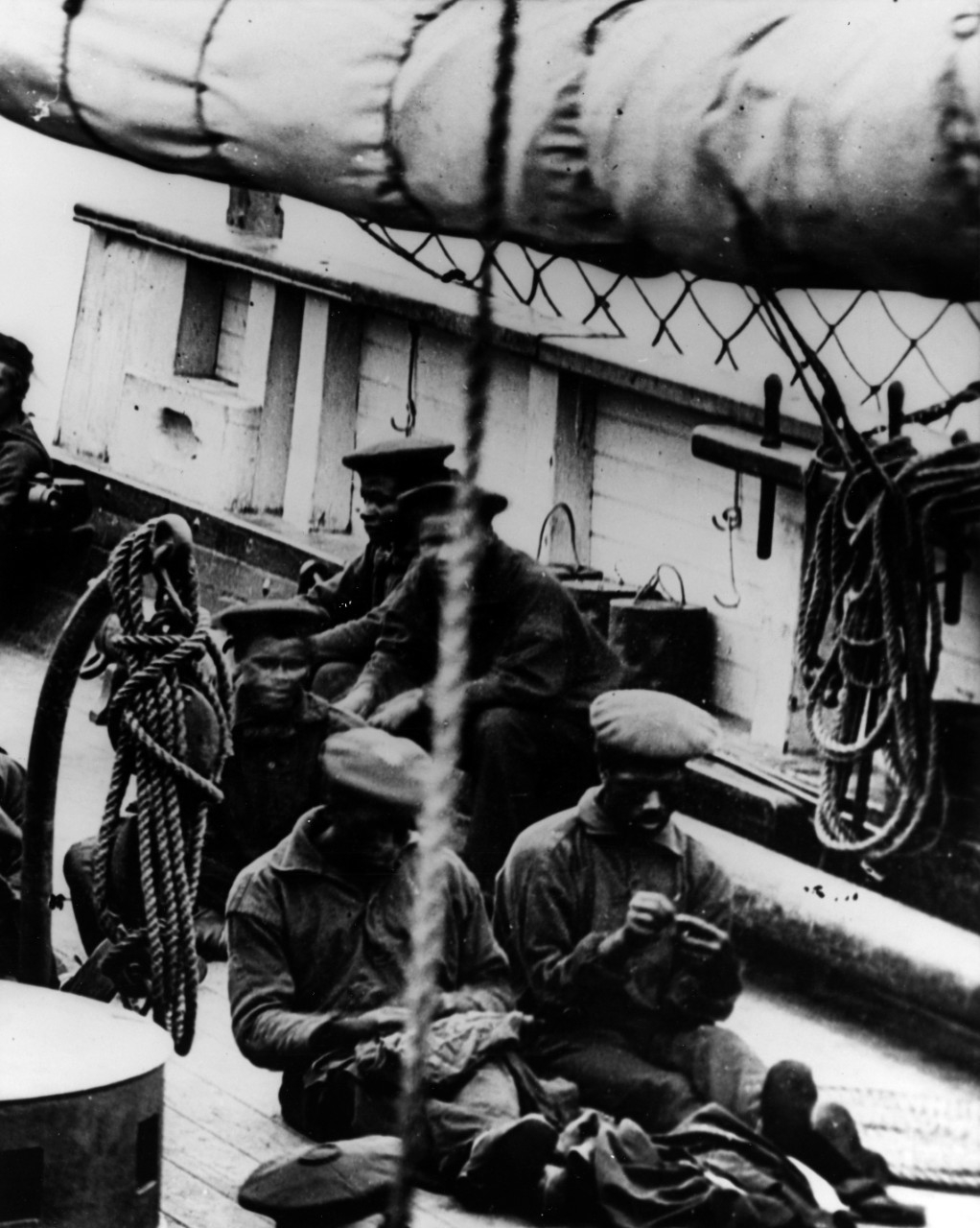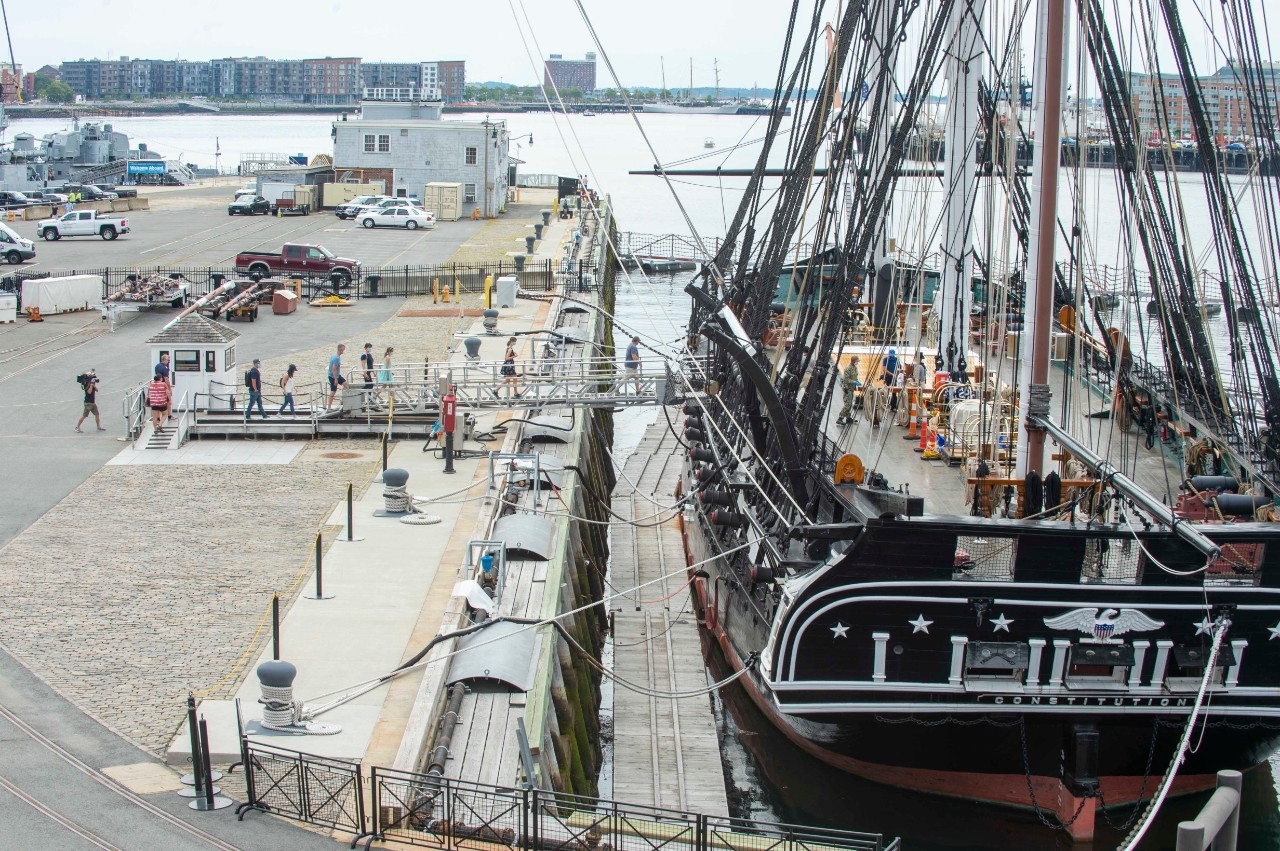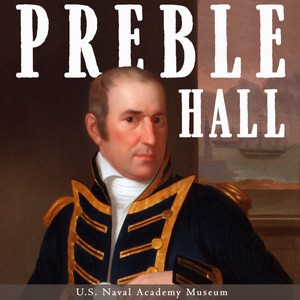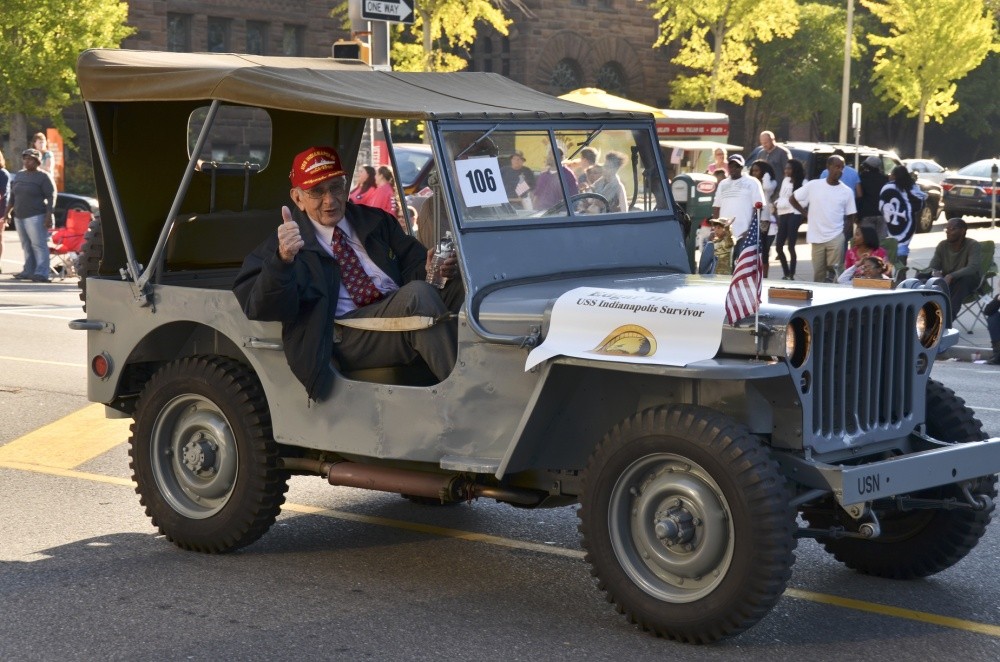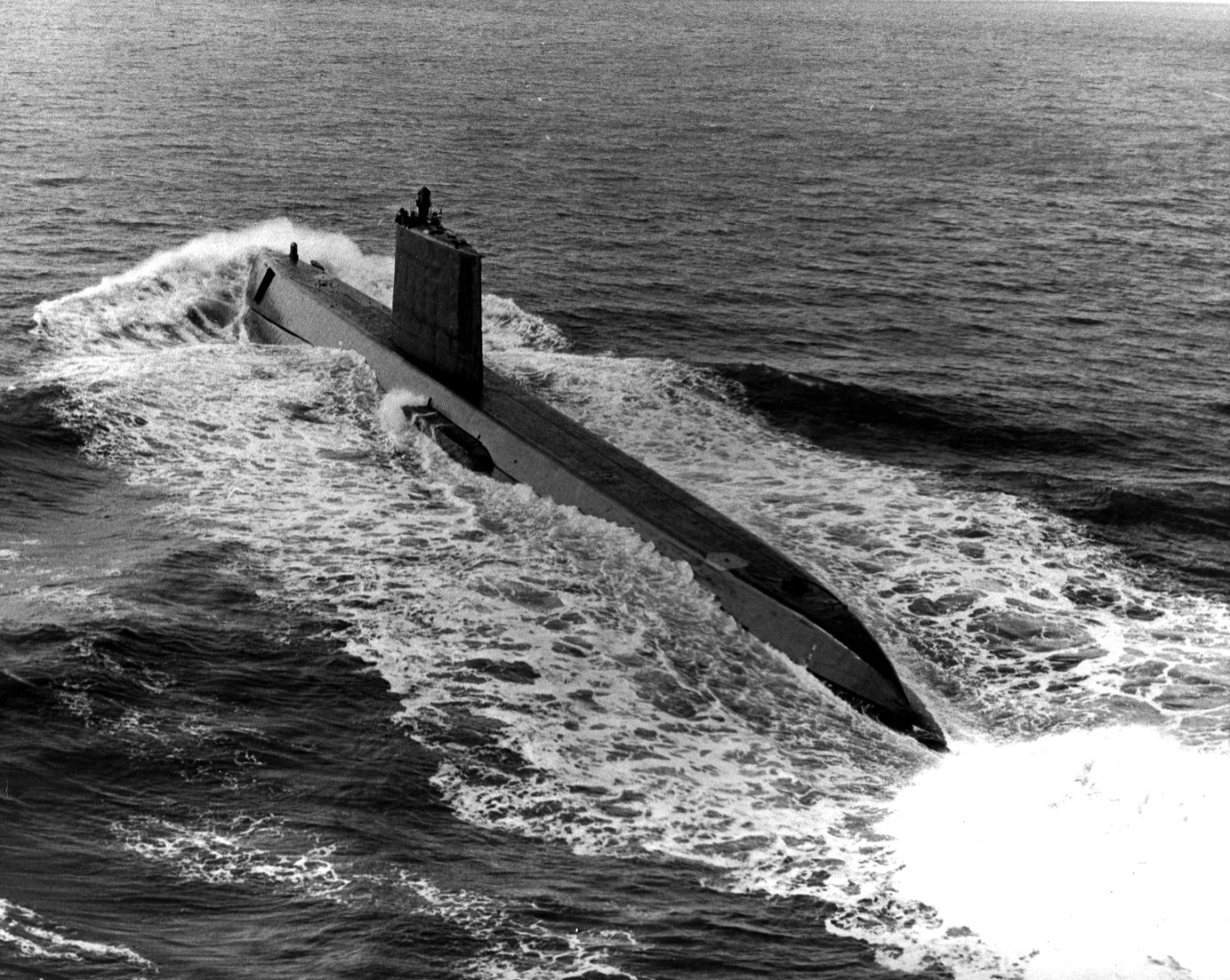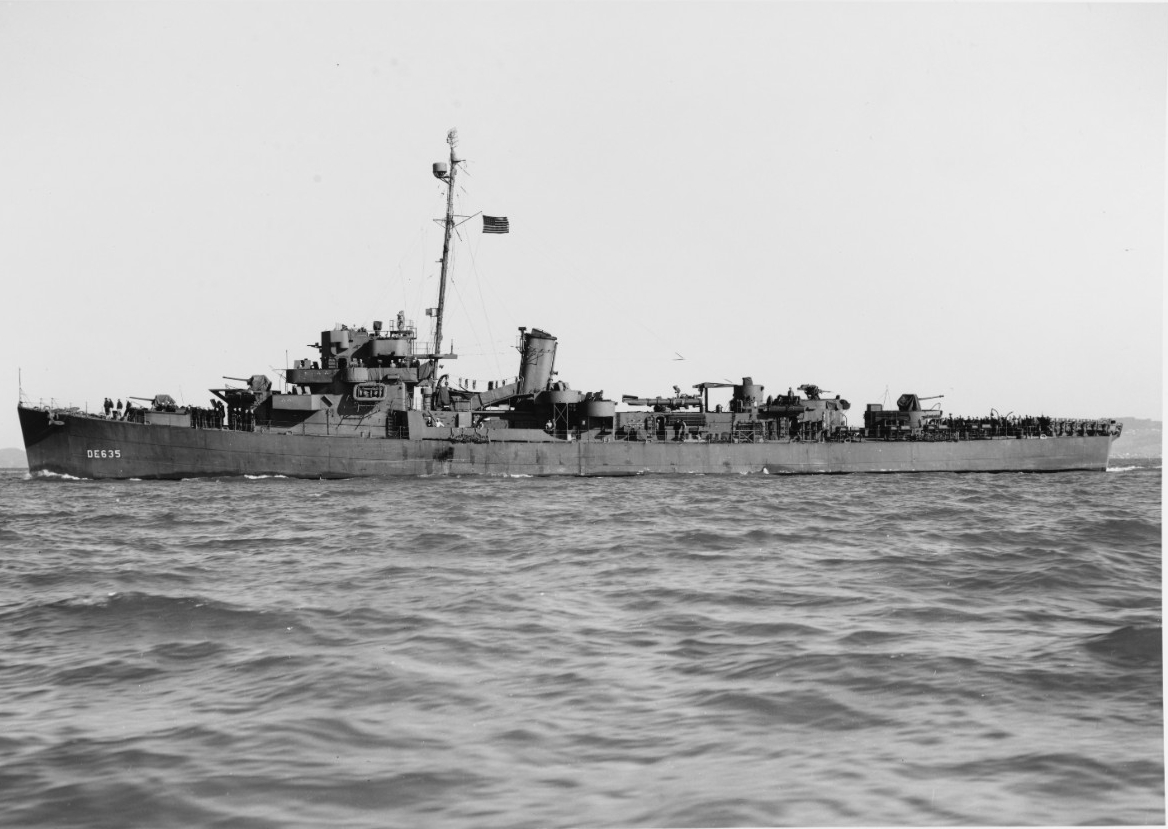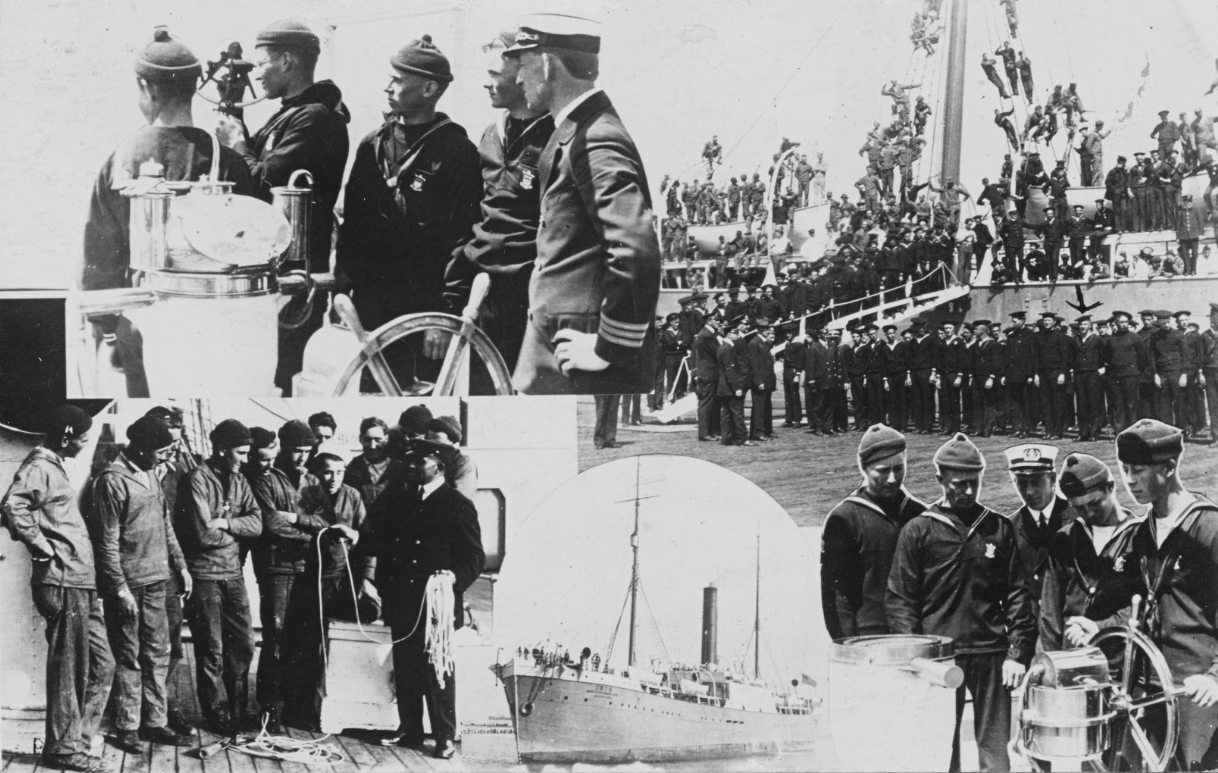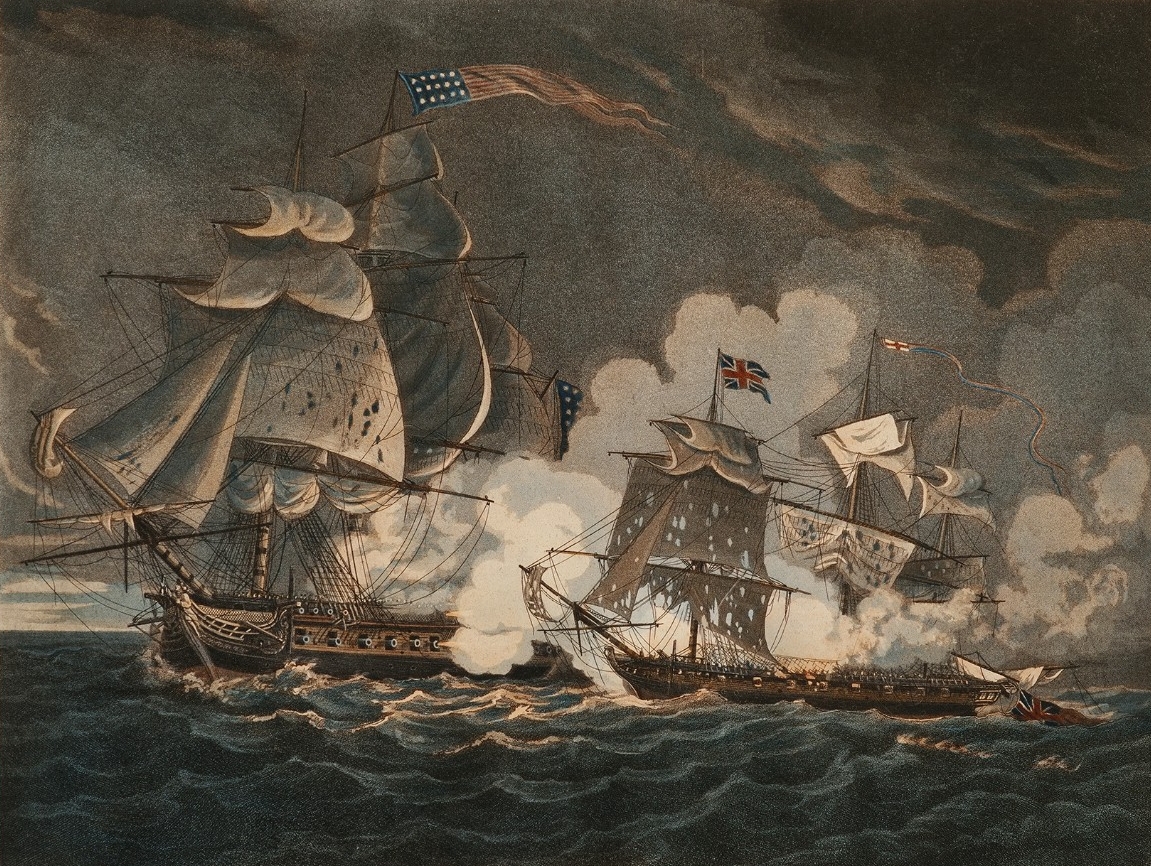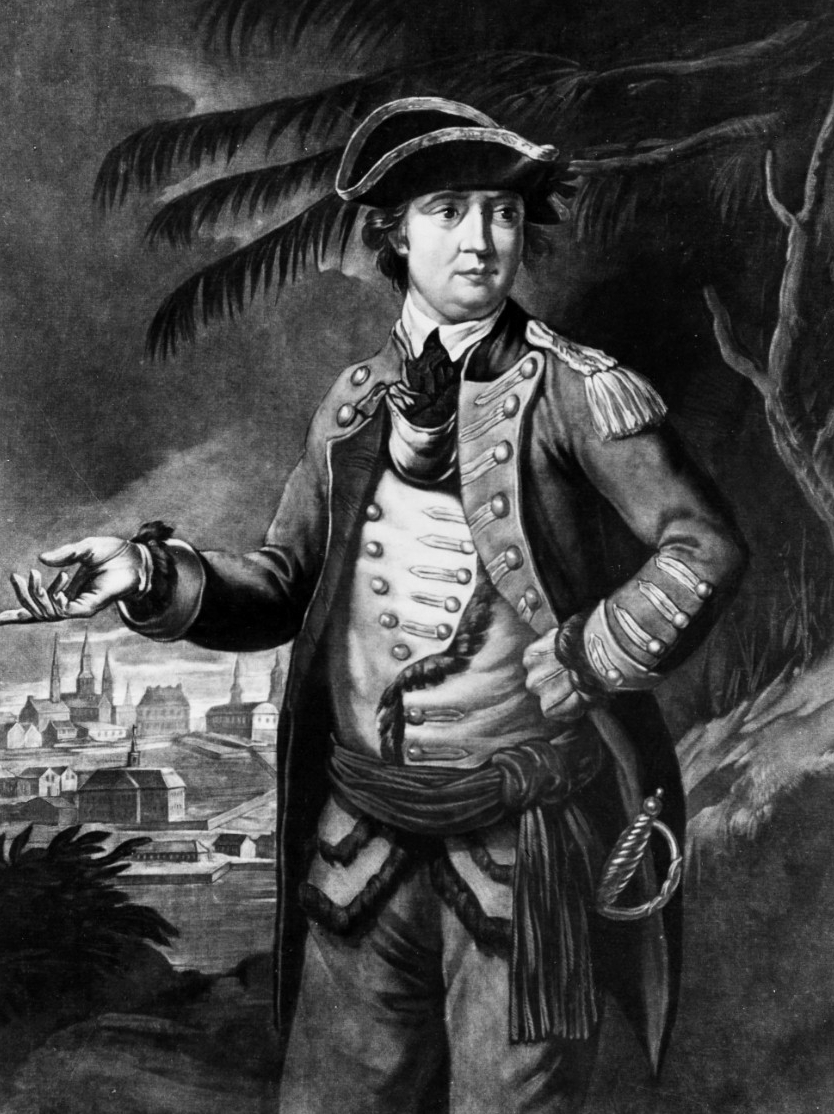Compiled by Brent Hunt, Naval History and Heritage Command’s Communication and Outreach Division
African Americans in the U.S. Navy During the Civil War
While many know the exploits of the Union and Confederate armies during the Civil War, the role of the U.S. Navy is not as widely recognized. People generally know even less about the role African American Sailors played in the war and how the Navy and their service helped end slavery in the United States. NHHC’s Dr. Peter C. Luebke recently published an essay that summarizes the general role of the U.S. Navy during the Civil War: its mission, its size, and the challenges it faced. It then discusses African American Sailors in the Navy and how they continued their heritage of service during the war. Then, the essay describes some of the ways in which the Navy helped to bring about Emancipation during the conflict. Finally, these strands are woven together with a consideration of the Potomac Flotilla, which was a small group of Navy vessels that operated within the Chesapeake Bay and its tributaries. For more, read Luebke’s essay at NHHC’s website.
Constitution Scheduled to Reopen
On May 21, Constitution is scheduled to make its way across Boston Harbor and then reopen to the public for free tours. The underway will be broadcasted on the Navy’s Facebook page and will feature firing a 24-pound long gun, using shipboard weaponry, demonstrations on climbing rigging, and will conclude with a 21-gun salute. It will be the first underway for “Old Ironsides” in more than a year due to the coronavirus pandemic. Public visits were suspended in March 2020; however, the ship opened up in August only to close again in November. Constitution is the world’s oldest commissioned warship afloat. She was one of six frigates authorized by Congress with passage of the Naval Act of 1794. The ship played a crucial role in the Barbary Wars and the War of 1812, actively defending sea lanes from 1797–1855. Today, Constitution is crewed by a select group of active-duty U.S. Navy Sailors who share her story with visitors from around the world and continue the U.S. Navy’s tradition of service through community outreach. For more, read the article.
Preble Hall Podcast
In a recent naval history podcast from Preble Hall, the 111th and final episode for Dr. Claude Berube was recorded. Berube taught in the political science and history departments at the U.S. Naval Academy from 2005–2021. From 2012–2021, he served as director of the academy’s museum. The host of the Preble Hall podcast was interviewed by Dr. Marcus Jones in his final episode, in which he reflected on teaching at the academy and the museum's roles and challenges. Beginning in June, Preble Hall will have three rotating hosts: Dr. Abby Mullen, Dr. Tyler Pitrof, and Steve Phillips. The Preble Hall podcast, conducted by personnel at the U.S. Naval Academy Museum in Annapolis, MD, interviews historians, practitioners, military personnel, and other experts on a variety of naval history topics from ancient history to more current events.
Last Surviving Marine of USS Indianapolis Dies
The last surviving Marine of World War II–era ship USS Indianapolis recently died. Edgar Harrell was 96. He was one of 316 crewmembers who survived the sinking of Indianapolis in July 1945. After the ship was sunk, survivors had to endure four grueling days in shark-infested waters before they were rescued. “During his time aboard ship, he helped guard components of the atomic bomb. After the torpedoing, he was a hero amongst his shipmates,” according to a post on the Indianapolis Facebook page. Born on Oct. 10, 1924, in Trigg County, KY, Harrell chronicled his experience in a book co-authored by his son titled Out of the Depths. After the war, he went to work as a distributor with the Pella Window Company. He was awarded the Congressional Gold Medal and received an honorary promotion to the rank of sergeant in 2018. As of today, there are only five surviving crewmembers left from Indianapolis. For more, read the article. For more on the tragic loss of Indianapolis, go to NHHC’s website.
Nautilus Designated National Historic Landmark
On May 20, 1982, historic ship Nautilus was designated a National Historic Landmark by the Secretary of the Interior in recognition of her pioneering role in the practical use of nuclear power. Nautilus was the world’s first nuclear-powered submarine, commissioned on Sept. 30, 1954. On July 30, 1958, Nautilus departed Pearl Harbor, HI, under top-secret orders to conduct “Operation Sunshine,” the first crossing of the North Pole by a ship. At 11:15 p.m. on Aug. 3, Nautilus accomplished the seemingly impossible, reaching the geographic North Pole—90 degrees north. Over the course of the submarine’s 25-year career, Nautilus steamed more than half a million miles. On April 11, 1986, 86 years to the day after the birth of the submarine force, historic ship Nautilus joined the Submarine Force Museum as the first exhibit in the world of its kind.
England Wreaked Havoc on Japanese Submarines
On May 19, 1944, USS England sank Japanese submarine I-16, the first of five submarines the destroyer sank in a week’s time. The ship sank another Japanese submarine, RO-105, on May 30, reaching a tally of six for the month of May. England was part of a three-ship hunter-killer task group that got underway after intelligence learned the Japanese were establishing a line of seven submarines between the Admiralty Islands and Truk, an area through which U.S. carriers were expected to pass. The Japanese were anticipating additional Allied landings, but did not know whether the Marianas, the western Caroline Islands, or the western end of New Guinea were the target. Japanese planners thought western New Guinea was most likely due to recent U.S. carrier strikes in support of Gen. Douglas MacArthur’s westward advance along New Guinea’s north coast. For their actions, England was awarded a Presidential Unit Citation, and Lt. Cmdr. Walton Pendleton, England’s commander, received the Navy Cross for the six submarines sunk.
Maritime Day
On May 22, the United States celebrates National Maritime Day. In 1933, Congress created National Maritime Day to commemorate the American steamship/sidewheel steamer SS Savannah’s voyage from the United States to England. The crossing of the Atlantic Ocean by Savannah marked the first successful transoceanic voyage solely under steam propulsion. National Maritime Day also commemorates the often-overlooked service of the U.S. Merchant Marine. “During World War II, more than 250,000 members of the American Merchant Marine served, with more than 6,700 giving their lives, hundreds being detained as prisoners of war, and more than 800 U.S. merchant ships being sunk or damaged,” according to the Maritime Administration, Department of Transportation.
Webpage of the Week
This week’s Webpage of the Week is a new addition to NHHC’s listing of notable ships. Frigate President was launched on April 10, 1800. The ship was one of six frigates authorized by Congress with passage of the Naval Act of 1794. President, built by naval constructor Christian Bergh at East River, New York, set sail on her maiden voyage on Aug. 5, 1800, for the Mediterranean, where she served as flagship for Commodore Richard Dale in 1801–1802. She also cruised in the Mediterranean in 1804–1805, participating in actions against Tripoli. On April 30, 1813, during the War of 1812, President raised her sails for a cruise off the European coast. During the voyage, on Sept. 23, she captured British schooner Highflyer. She later sailed to the West Indies, returning to New York in February 1814. While there, President was blockaded by the powerful British navy for nearly a year. President attempted to escape the blockade with Commodore Stephen Decatur, Jr., in command, but was captured off the coast of New York by British ships Endymion, Majestic, Pomone, and Tenedos. Decatur and the crew were made prisoners and taken to Bermuda. The Royal Navy took the American frigate into service as HMS President until the gallant ship was broken up in 1817 at Portsmouth, England. Check this page out today. It contains a short history, suggested reading, and selected imagery.
Today in Naval History
On May 18, 1775, Continental Army Col. Benedict Arnold captured a British supply sloop at St. Johns in Quebec, Canada, and renamed her Enterprise, the first of many famous ships with that name. The ship was subsequently armed for use on Lake Champlain. On Aug. 28, 1775, Enterprise and other vessels embarked more than 1,000 troops as part of an expedition against St. Johns, Montreal, and Quebec. Though St. Johns and Montreal were captured, and Quebec was besieged, the arrival of strong British reinforcements forced Americans to withdraw from Canada in the spring of 1776. Arnold, who was promoted to brigadier general in 1776 and promoted to major general after he played an important part in the pivotal Battle of Saratoga in 1777, commanded West Point later in his career. In 1780, he became disgruntled with the patriot cause and conspired to turn over a fort to the British. When his treasonous plot was discovered, Arnold fled, and soon became a brigadier general in the British army. He led raids on Virginia and Connecticut during the remainder of the American Revolution, and afterward retired to Canada. Arnold died in London, England, June 14, 1801.

